Nara is a popular stop for Japan explorer’s, especially those who purchased JR train pass. The town is situated in close proximity of Kyoto, Osaka and Kobe and can be visited as a one day trip from those cities. Probably the most famous photos from Nara are taken in a deer park, which is a public place at the foot of Mount Wakakusa with deers walking loosely around. The park operates since 1880 and is one of the oldest in Japan. The site doesn’t disappoint, the deers are not afraid of humans and allow to be touched, you can feed them with carrots or special blend that may be bought from the local sellers. The photos with animals are permitted and in general the park is full of charm.
Apart from the deer park, you will find in Nara many historical temples, some of the sites date back to the 8th century when the town was capital of Japan. All significant sites are close to each other within walking distance. If coming for short time, you need to narrow your itinerary to few major places. For one day trip I recommend seeing Nara Park (deers), Todaiji Temple, Shinto shrine Kasuga Taisha, Kofukuji Temple and Horyuji Temple. There is many other temples and parks and also National Museum which you can visit if you stay for another day in the city. Nara is a very calm pleasant town with nice restaurants and fine hotel base so if you prefer to travel in slower pace and want to rest a bit from lively Tokyo and Kyoto, prolonging your visit is a very good alternative.
You can easily get to historical part as well as to the deer park by foot from Nara railway station which is very convenient if you come here just for one day and don’t plan to sleep in the city.
In this post I will present you my one day (realistic) itinerary, but as I mentioned before there is many cultural sites you can include if you decide to extended 2 day visit.
- Kofukuji Temple
A 15 minutes walk (around 1.5km distance) separates you from the Kofokuji Temple and Nara train station where you will most probably arrive (if you travel with JR pass). The temple is just on the path leading to the Nara Park where the famous deers reside. Kofokuji is a Buddhist temple that has more than 1300 years which makes it one of the oldest temples in entire Japan. It belonged once to the aristocratic clan the Fujiwara, the family was very influential during much of the Nara and Heian Periods. The complex consists of few historical buildings including a five-storied pagoda and a three-storied pagoda. The five-storied pagoda has 50 meters height and is second tallest wooden pagoda in Japan (after pagoda at Kyoto’s Toji Temple). The Kofukuji’s pagoda is considered as a symbol of Nara so you don’t want to miss it! Entrance to the temple’s ground is free of charge however few sites are accessible for a fee. For the opening hours and current entrance fees consult the official website.
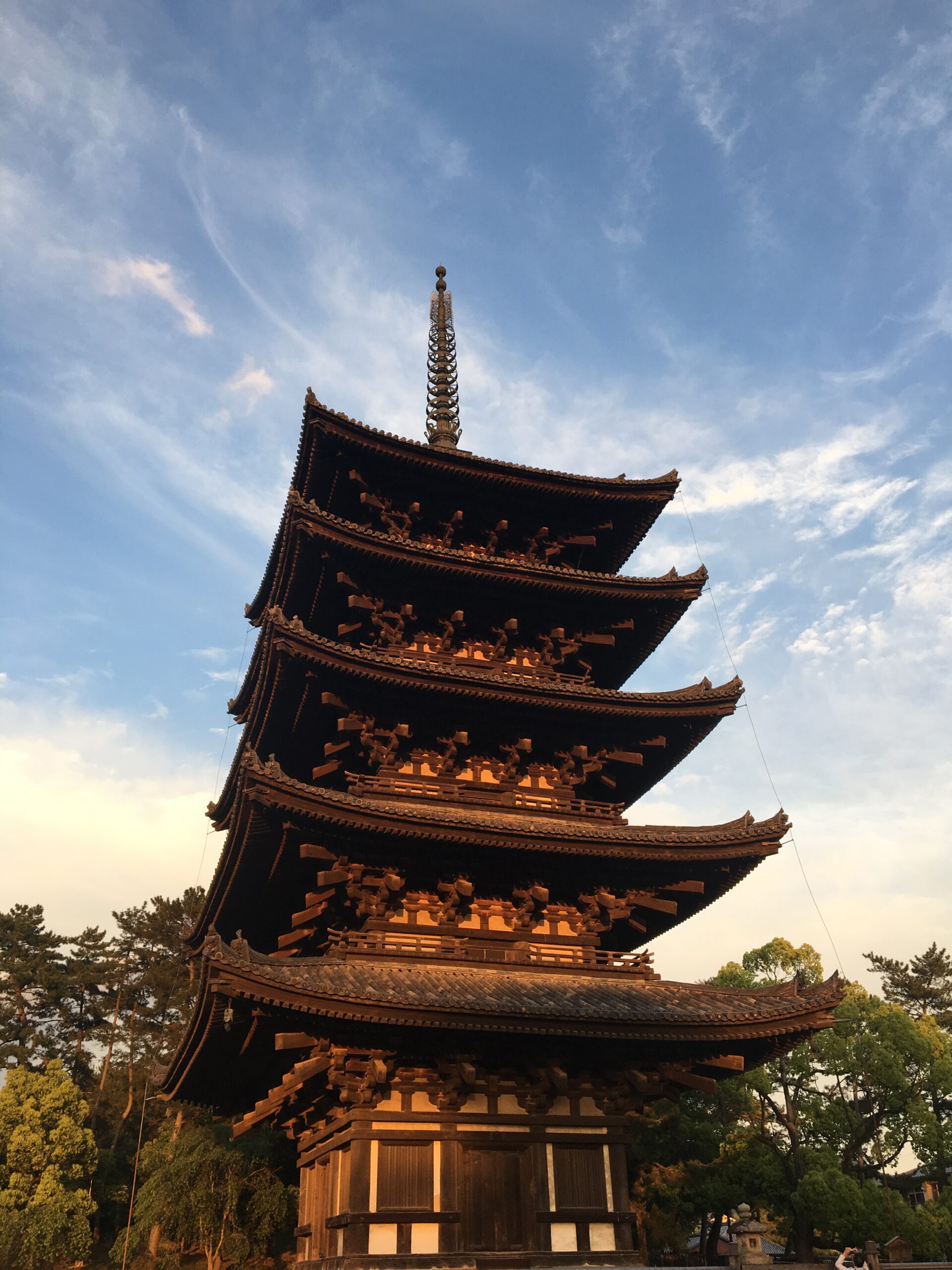 |
2. Nara Park (deers)
Less than 5 minute walk gets you to one of the biggest attractions in Nara. If you look for some pictures of the city when planning your trip, you’ll probably come across the cute deers walking between people in a charming park. Nara Park was open in 1880 which makes it one of the oldest parks in Japan. In Japanese tradition deers are believed to be messengers of the gods and nowadays they became a symbol of the city. The legend says that the deity Takemi Kajichi no Mikoto arrived to Nara upon a sacred deer from Kashima Shrine (also written with a character for “deer”) in Ibaraki Prefecture. Thus, the deers were considered by the locals as sacred animals, more precisely, the helpers of gods which made the animals protected in the past. Nowadays, deers in Nara are officially protected as natural monuments and are important part of the city’s heritage. When in the park, you can buy from the official stands special crackers to feed the deers. The animals are used to people and are not scared when approached. Be mindful and respectful and do not force the deers to eat or don’t try to touch them if they visibly prefer to keep distance. Be extra careful if you visit the park with children so they don’t hurt or scare the deers (or vice versa). The deers are generally not aggressive but can become impatient if you trick them in a way that you pretend to offer food when in fact having nothing to give them. I suggest taking your time when in Nara Park and apart from the deers also appreciate the natural beauty of this place. If you plan to visit some museums in the town, few steps away the Nara National Museum is situated.
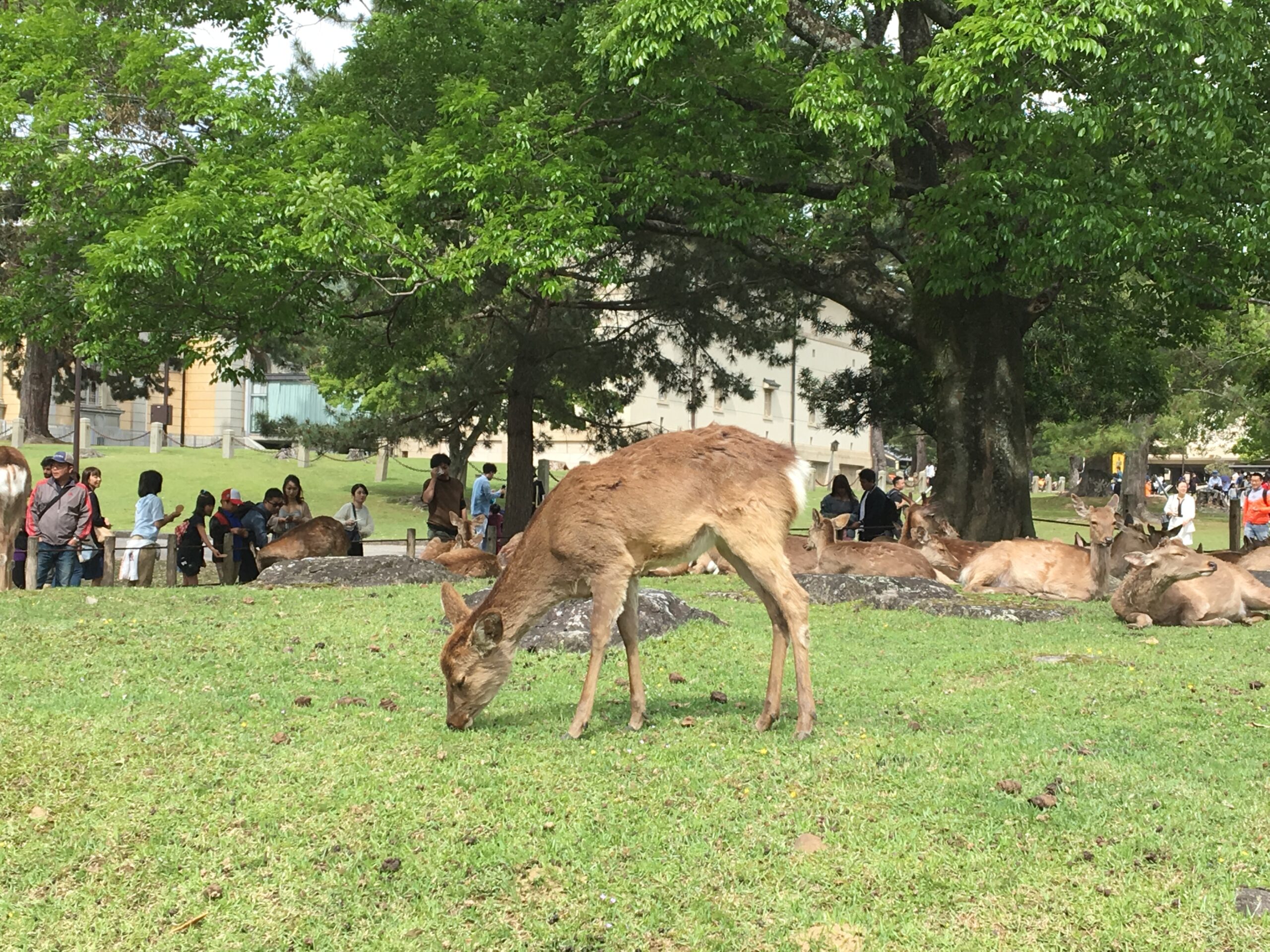 |
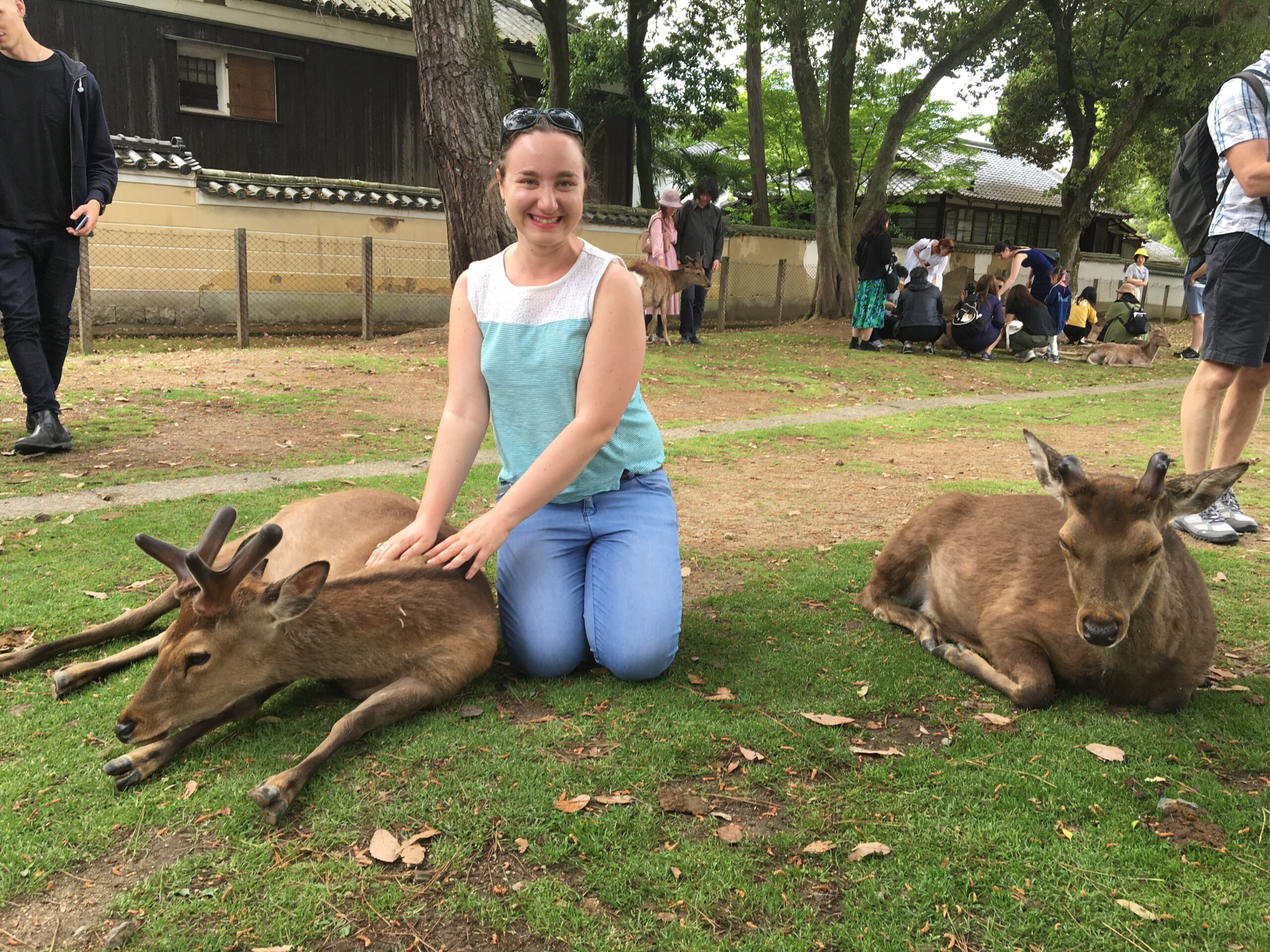 |
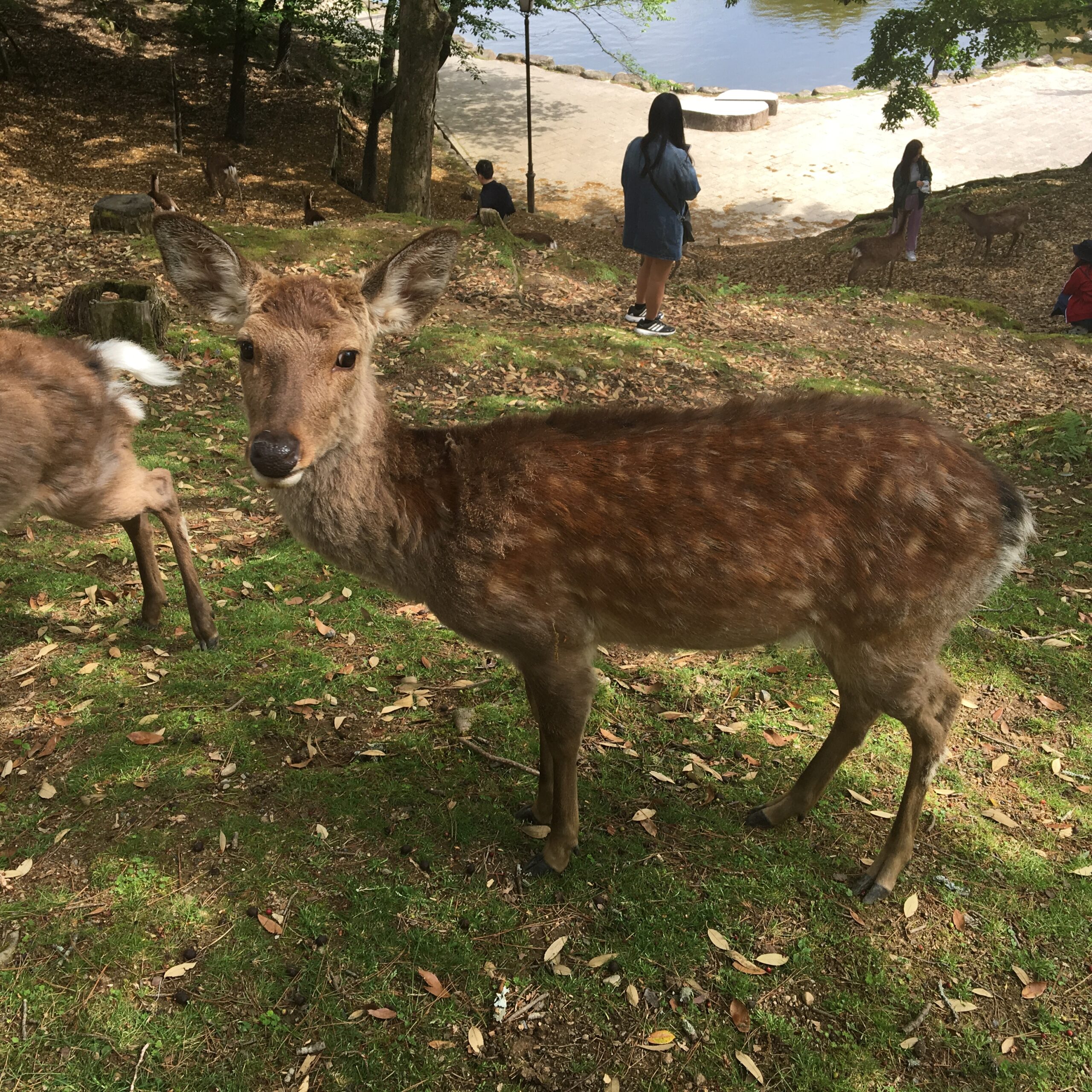 |
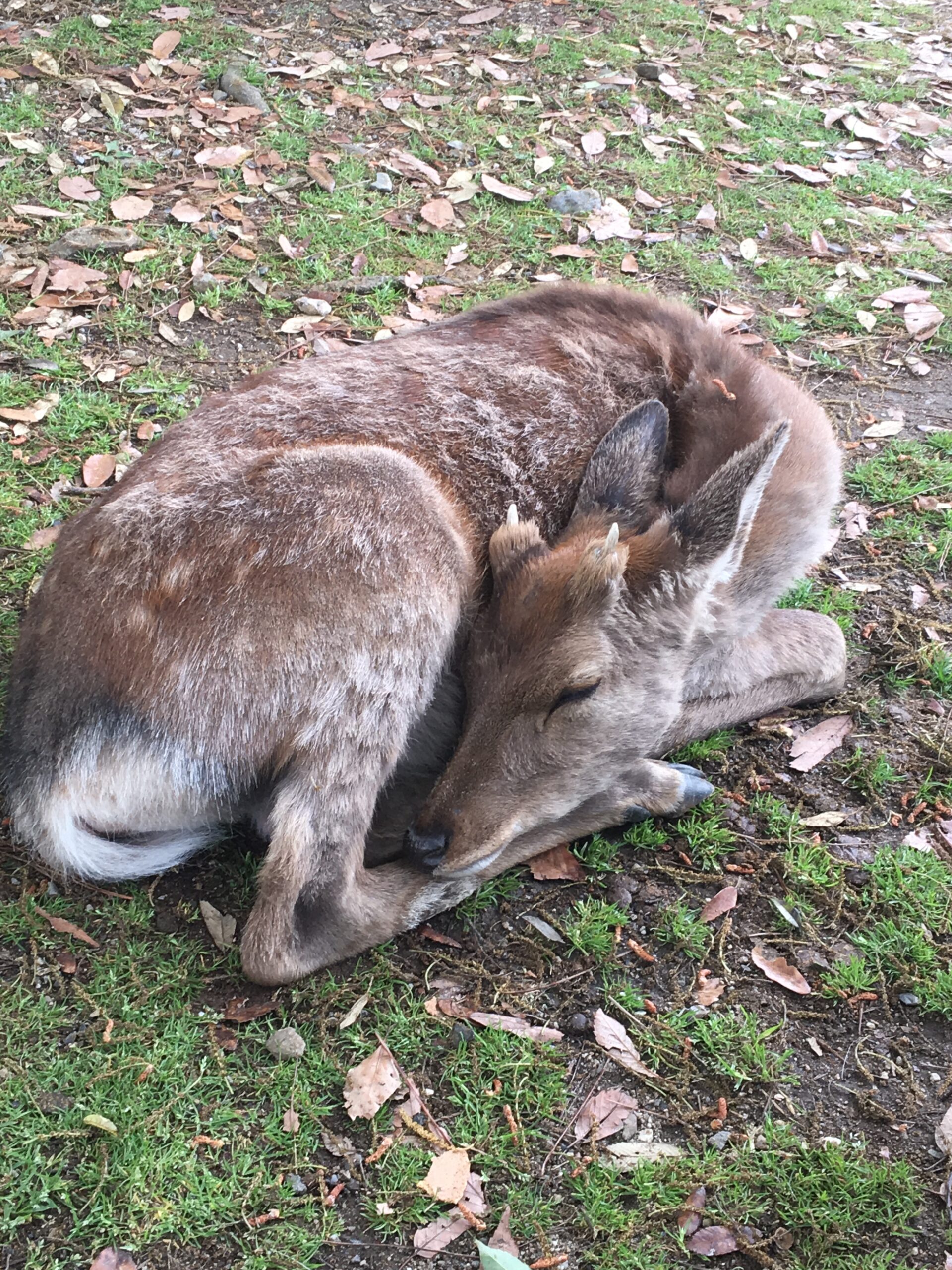 |
3. Todaiji Temple
As you continue your walk, you will get to the famous Todaiji Temple which is known from it large Buddha statue. Todaiji means in Japanese Great Eastern Temple and is a very important landmark in Nara. The site was constructed in the 8th century and was the leading temple for all provincial Buddhist temples in Japan. At some point it became so significant and powerful that the capital of Japan (yes, Nara was once the capital!) was changed in 784 to decrease the temple’s influence on government affairs. Nowadays, the site attracts visitors with its 15 meters tall seated Buddha which represents Vairocana and is surrounded by two Bodhisattvas.
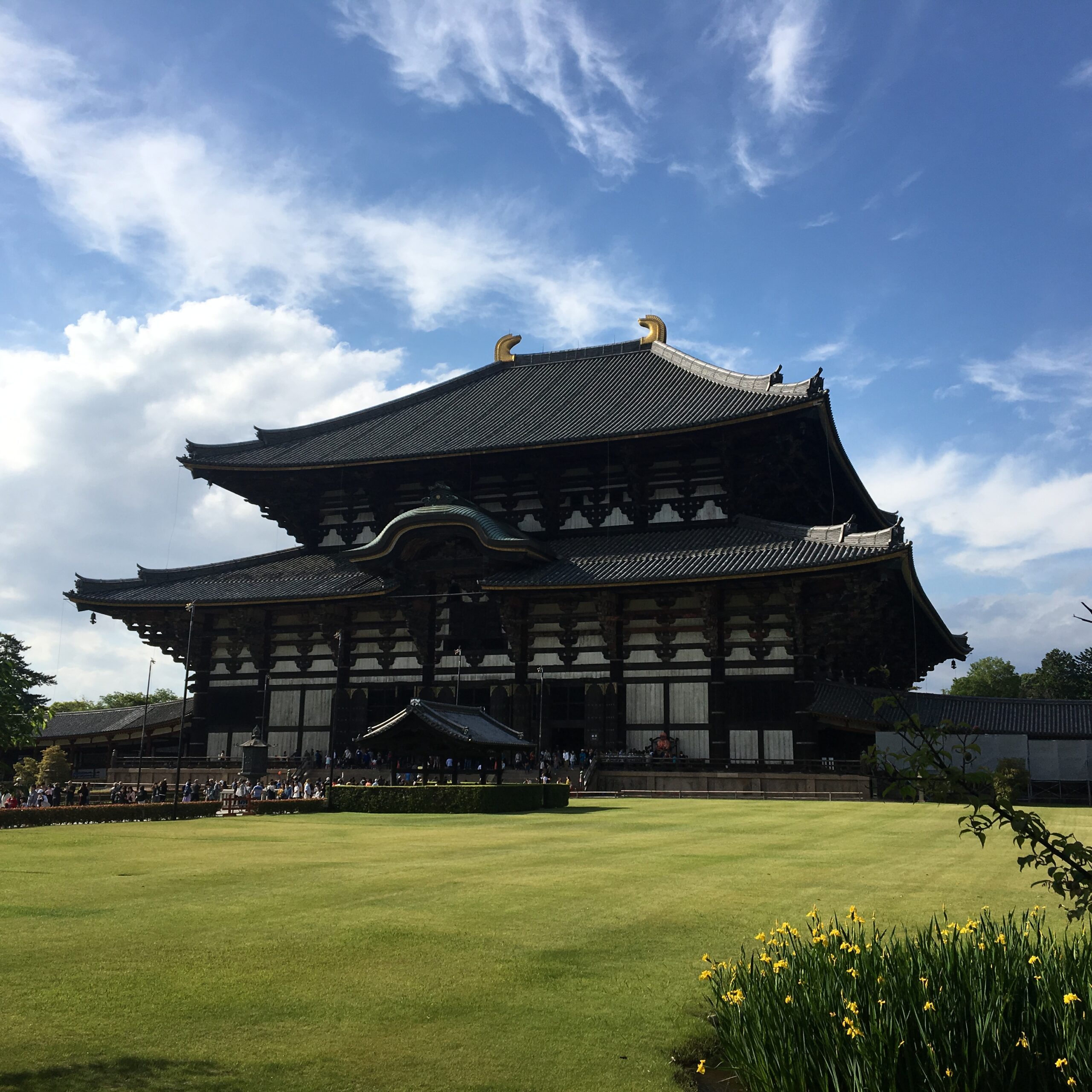 |
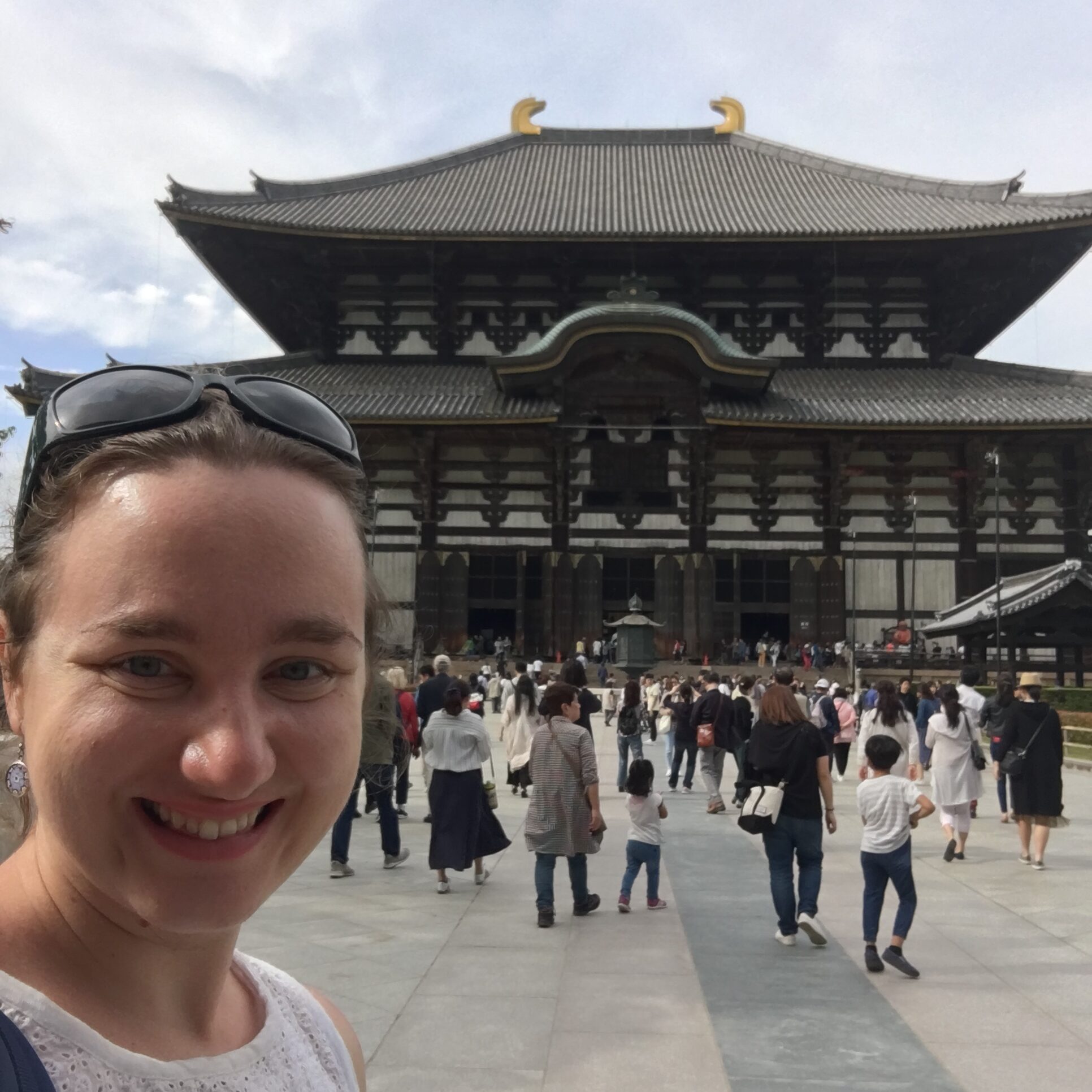 |
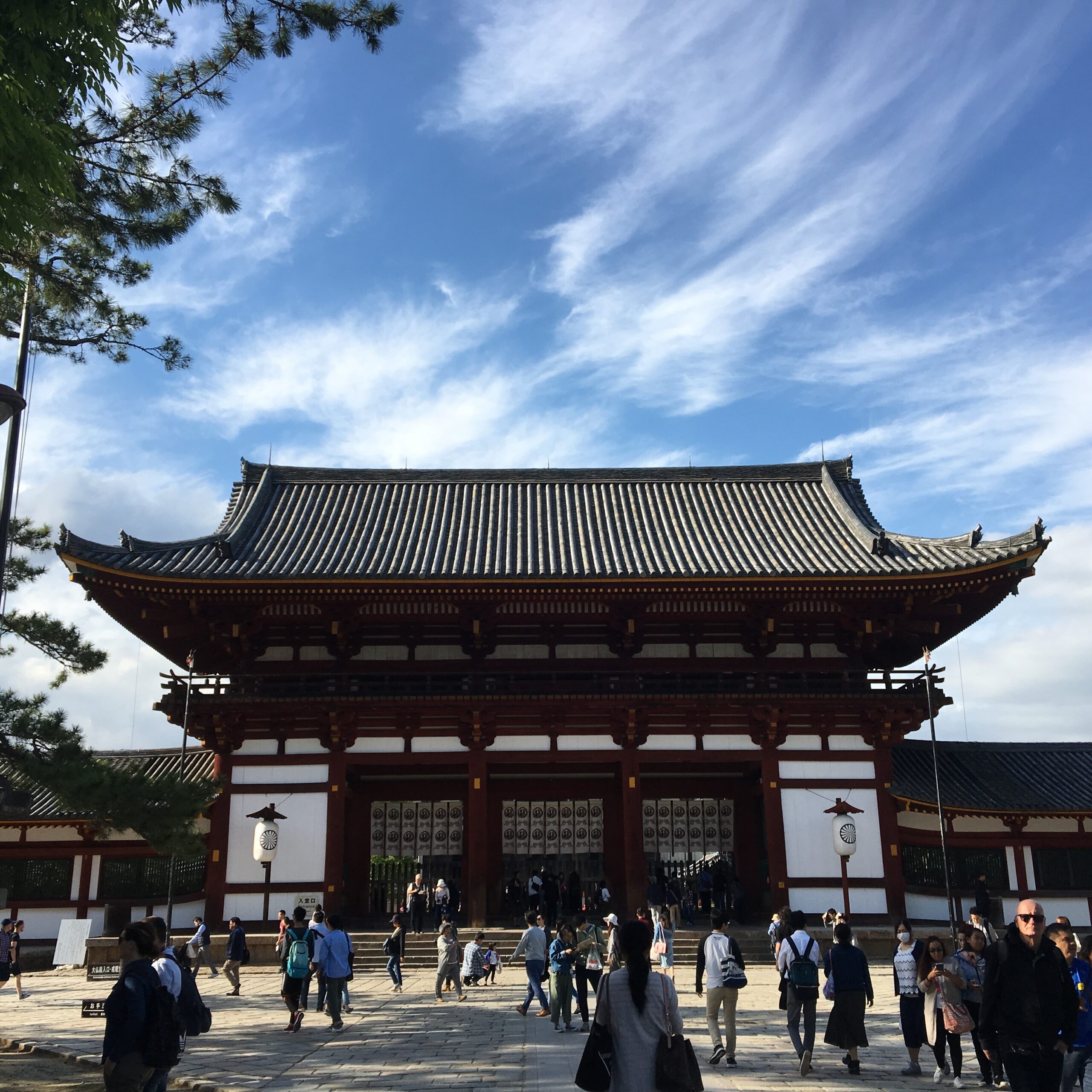 |
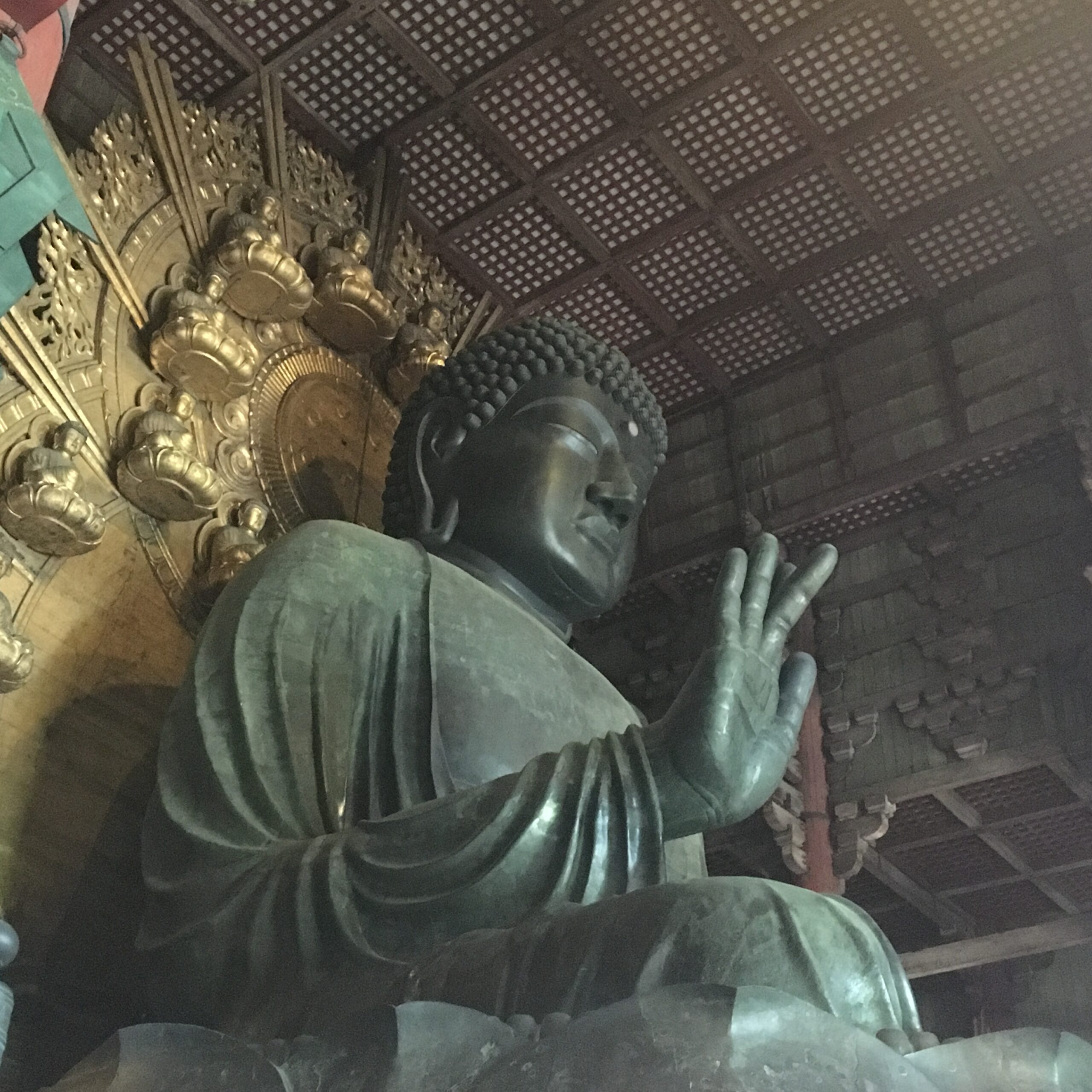 |
4. Shinto shrine Kasuga Taisha
Since the temples opening hours are usually no longer than 5/6 pm, this is the last landmark which I recommend visiting during a one day trip. The Kasuga Taisha shrine was my favourite site in Nara, the beautiful architecture and many traditional lanterns adorning the shrine created an absolutely enchanting experience for me. There are deers coming to the complex and you see that they are a bit shy compared to the ones from the Nara Park which is as in the nature should be and somehow this enhanced my feeling of tranquility and natural harmony which I sensed during my whole visit. The site was the last one I visited and since I entered it around one hour before closing, the main waves of tourists already left. I suggest coming here early evening so you can absorb this magical atmosphere in the dusk. Kasuga Taisha is considered as Nara’s most celebrated shrine. The shrine has been founded at the same time as the capital and is assigned to the deity which protects Nara. Kasuga Taisha can be distinguished for its beautiful lanterns which were brought here by the worshippers. You will find here hundreds of elegant bronze lanterns paired with stone lanterns close to the buildings. Interestingly, the lanterns lit up twice a year in February and in August, during two Lantern Festivals, I guess this must be absolutely magical experience even if I liked my late quiet evening visit with the lanterns shining in the last rays of the sun and the deers disappearing discretely in the depths of Kasuga Primeval Forest.
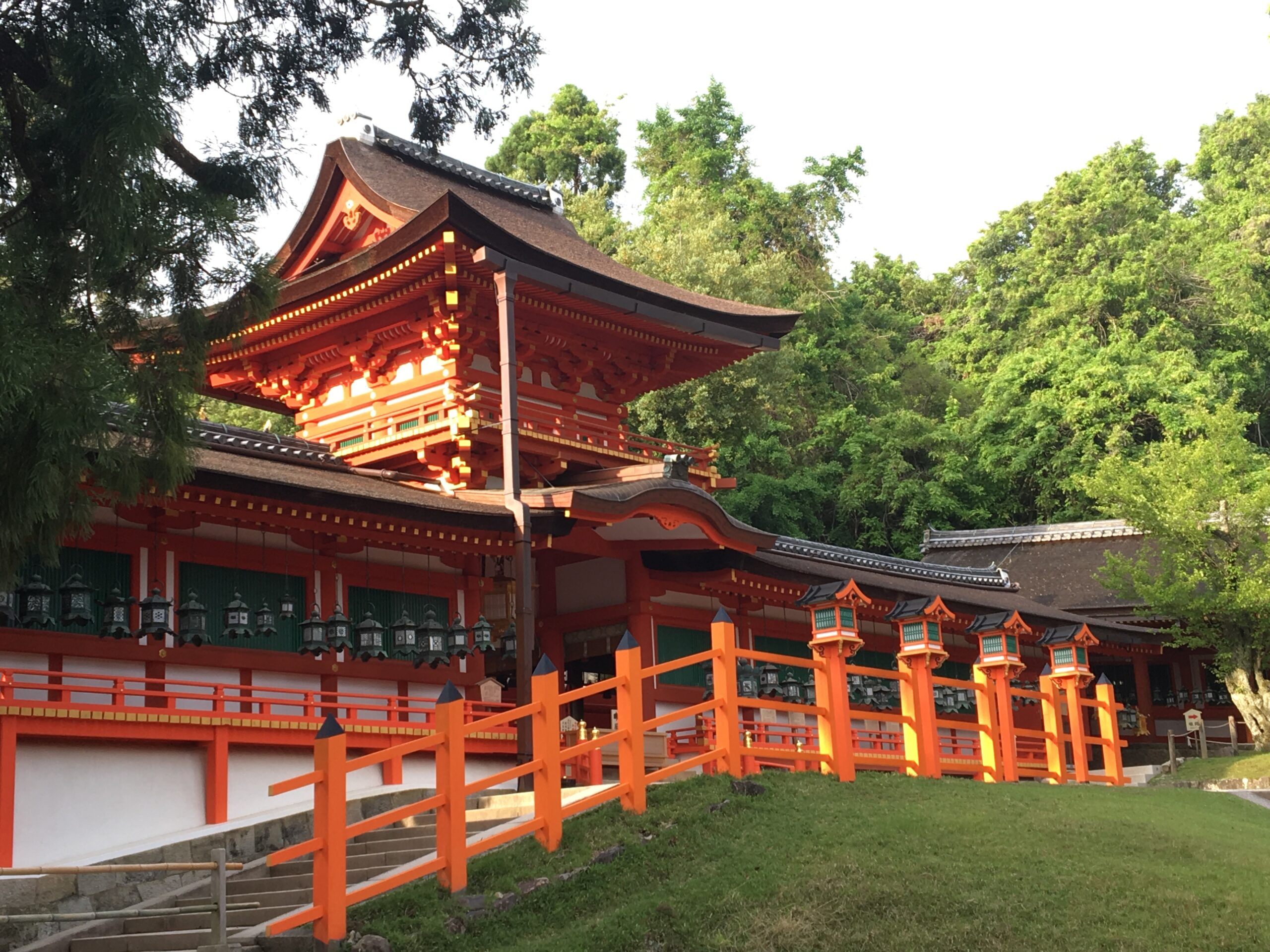 |
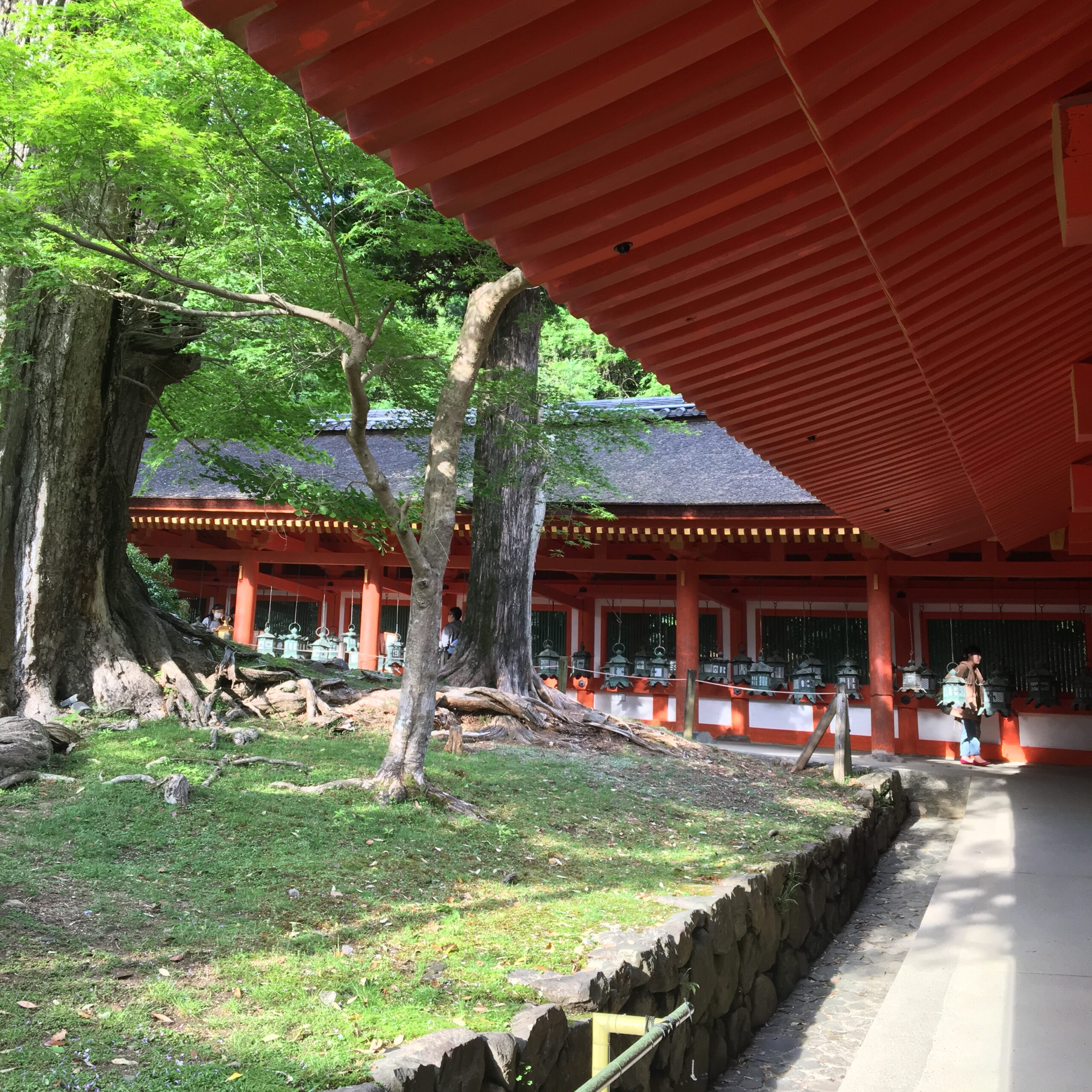 |
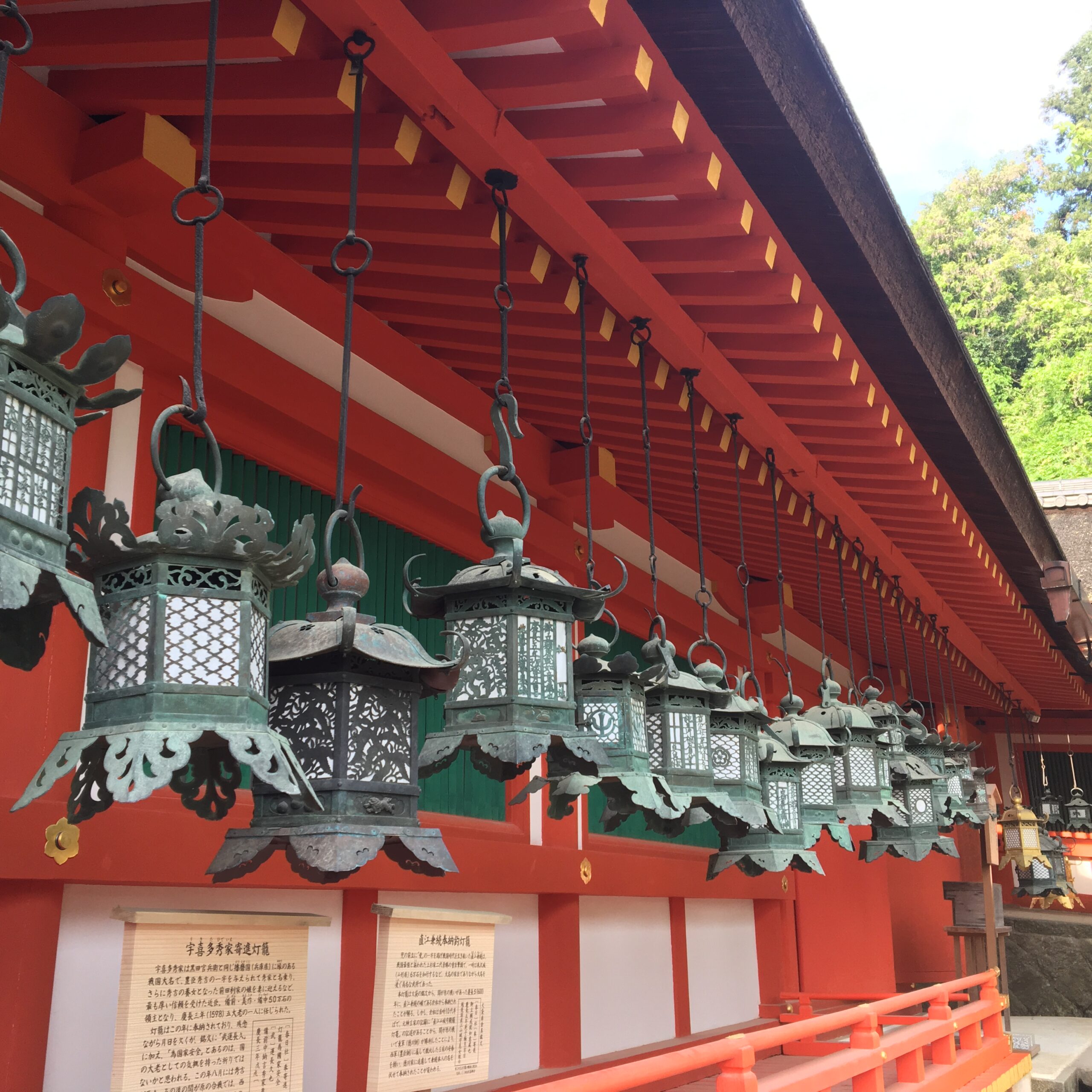 |
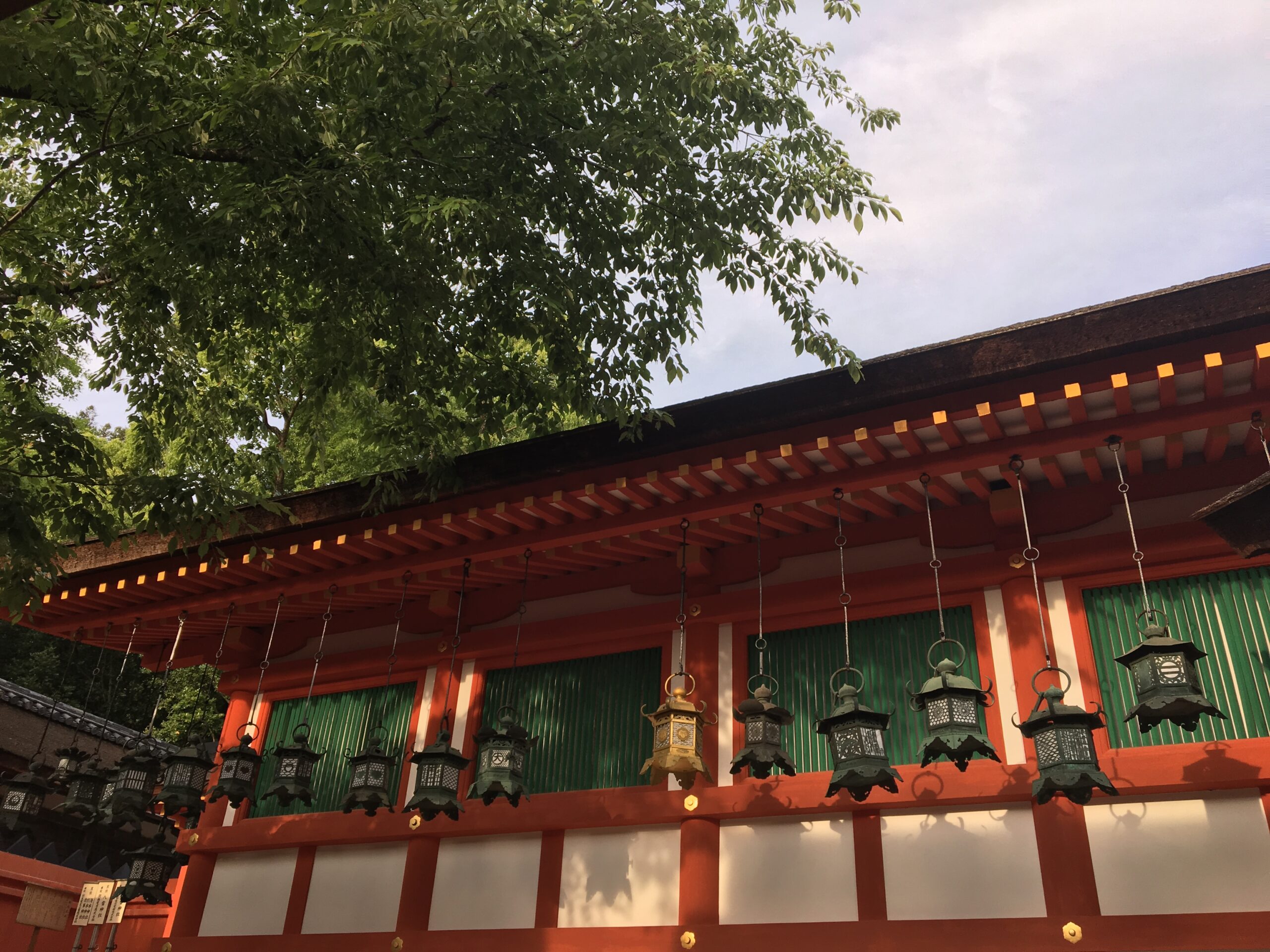 |
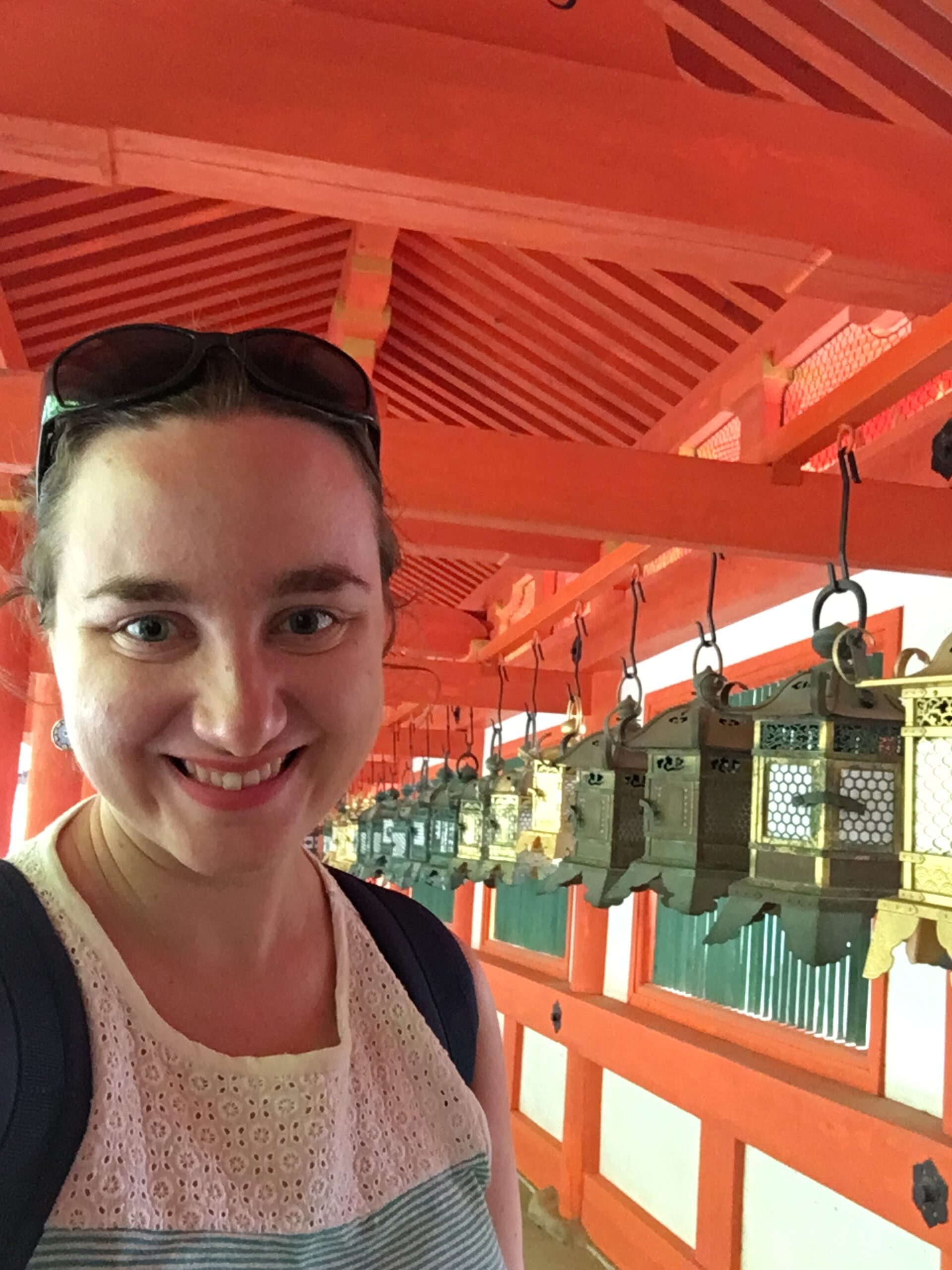 |
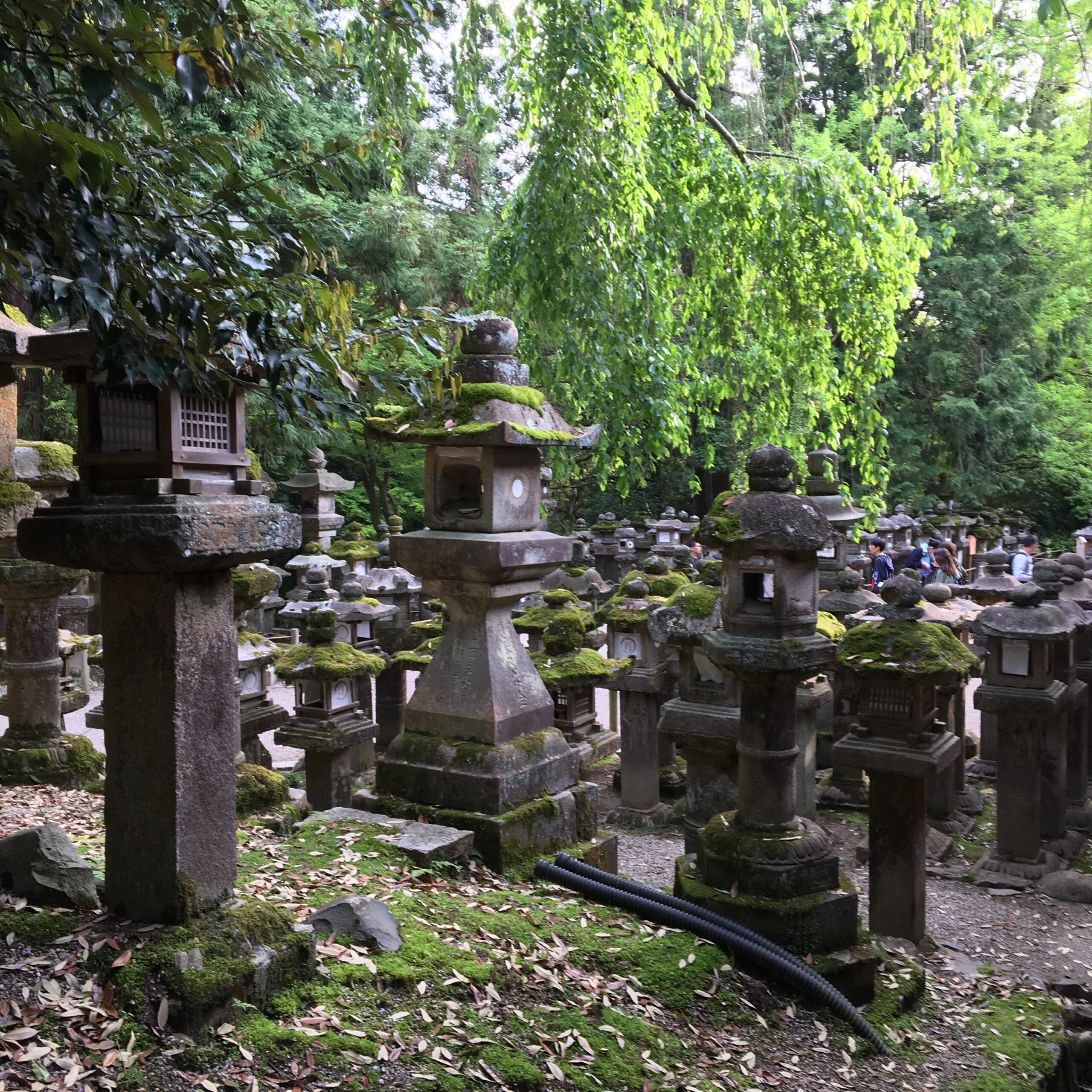 |
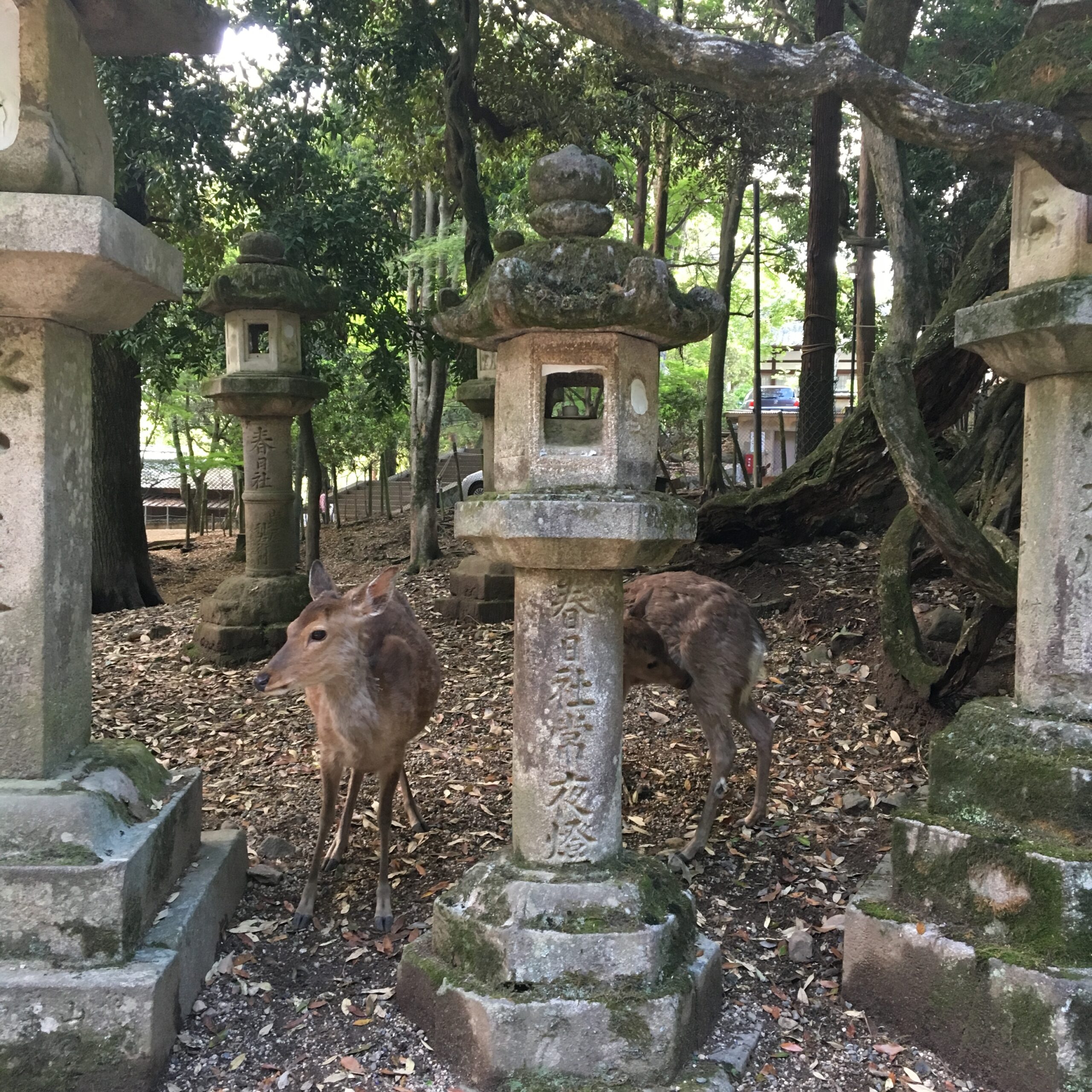 |
 |
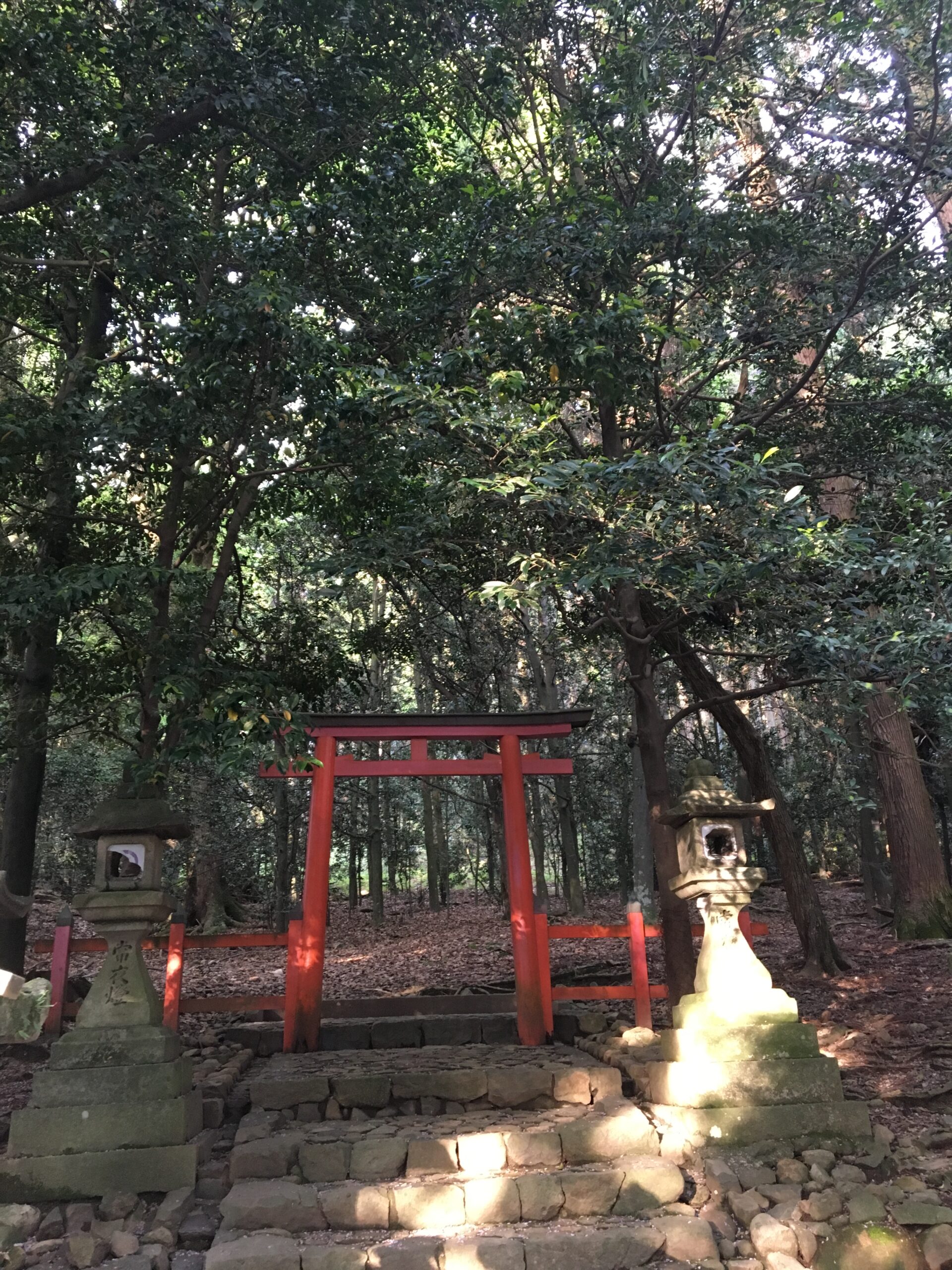 |
This was my day in Nara, filled with visits to historical temples and natural sites. At the end of the day, after the visit to Kasuga Taisha shrine I felt calm and relaxed, the balance between the cultural landmarks and time spent admiring the nature was just perfect in Nara. If you don’t plan to sleep here, plan to have a 45 minute walk back to the station or you can catch a bus. If you have still some time left, go for a dinner to one of excellent Nara restaurants. If your train comes shortly, just enter one of the shops nearby the station and grab a box of bento to have a delicious snack on board of your Shinkansen.
 |
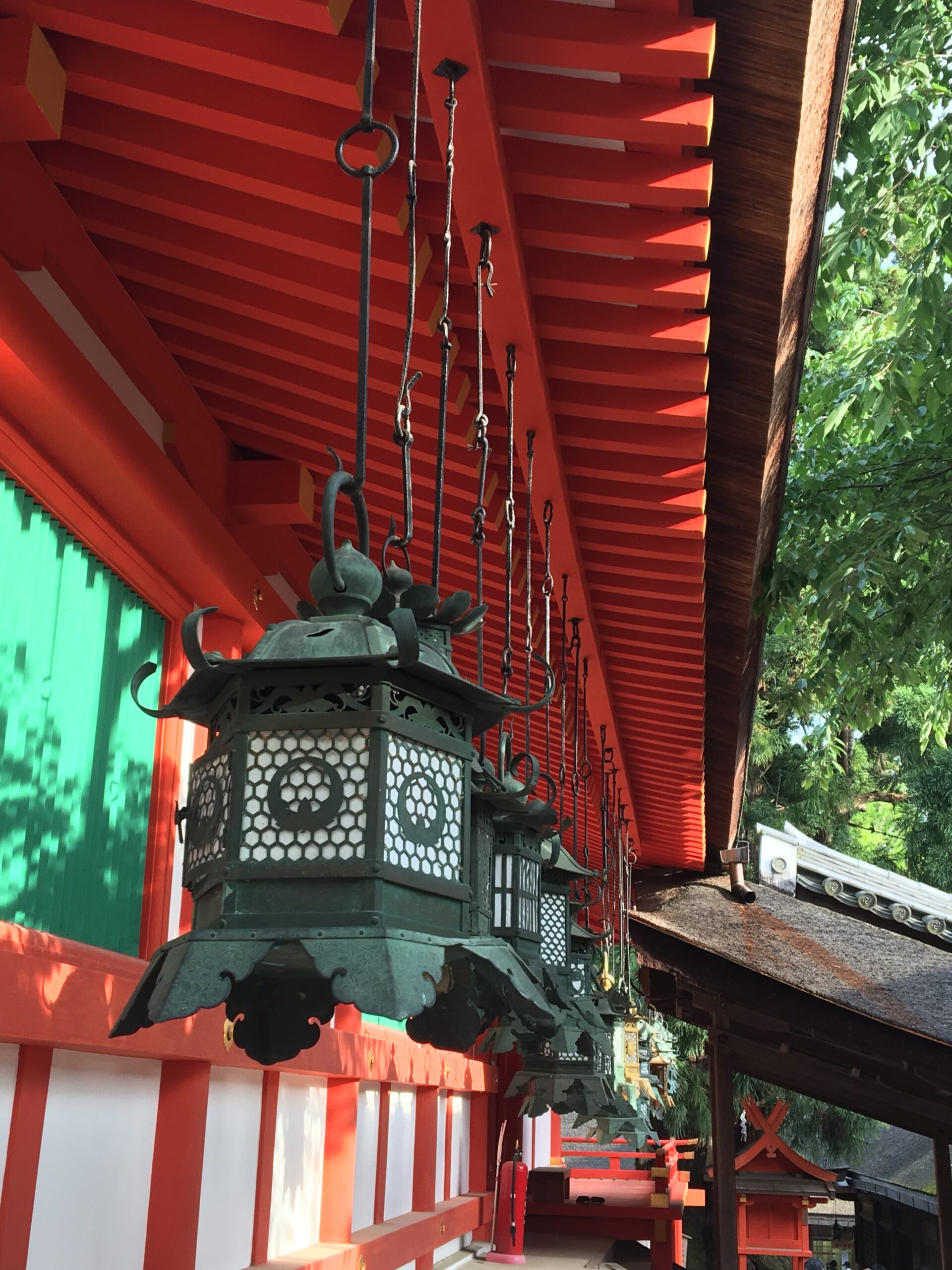
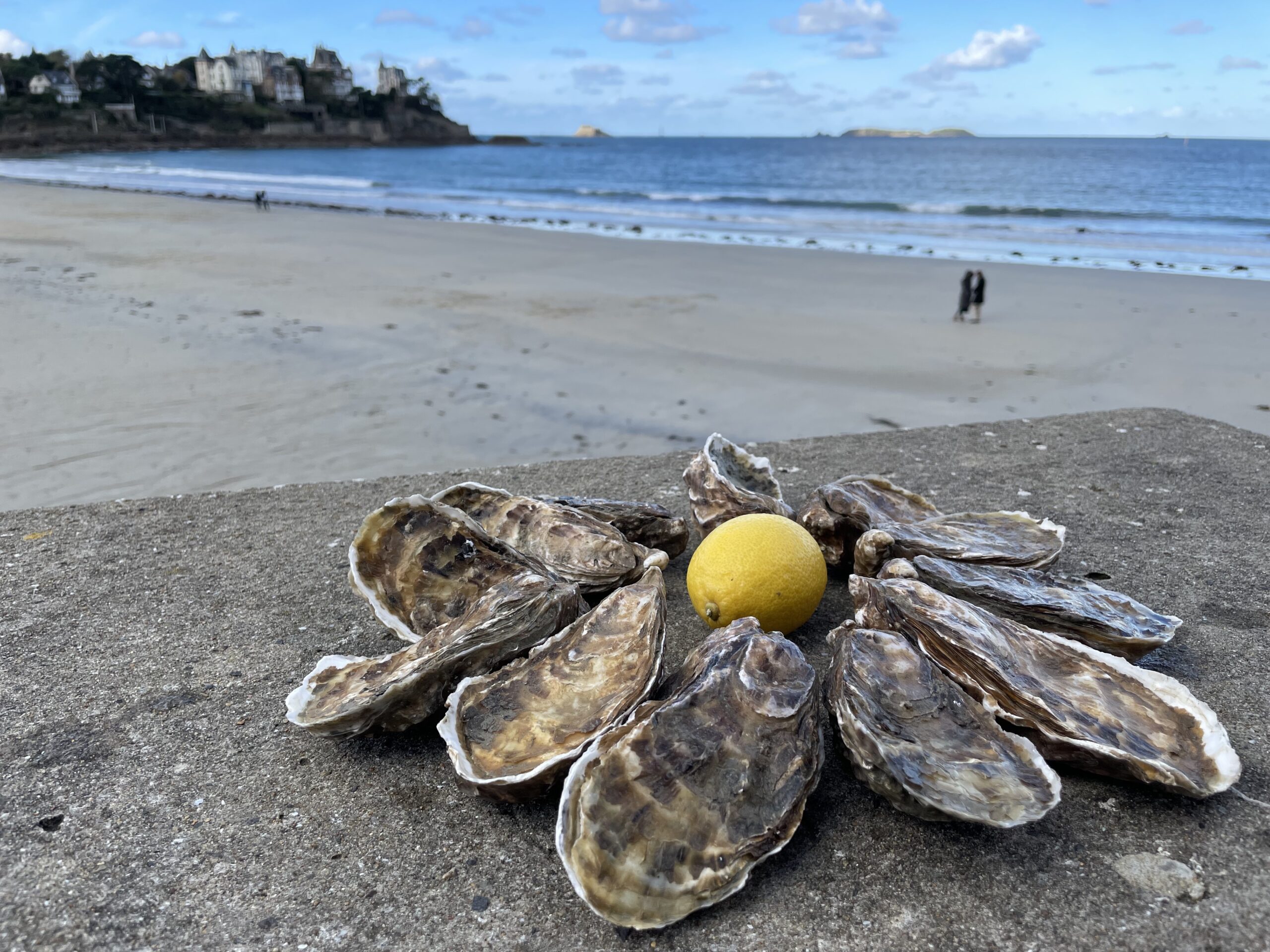
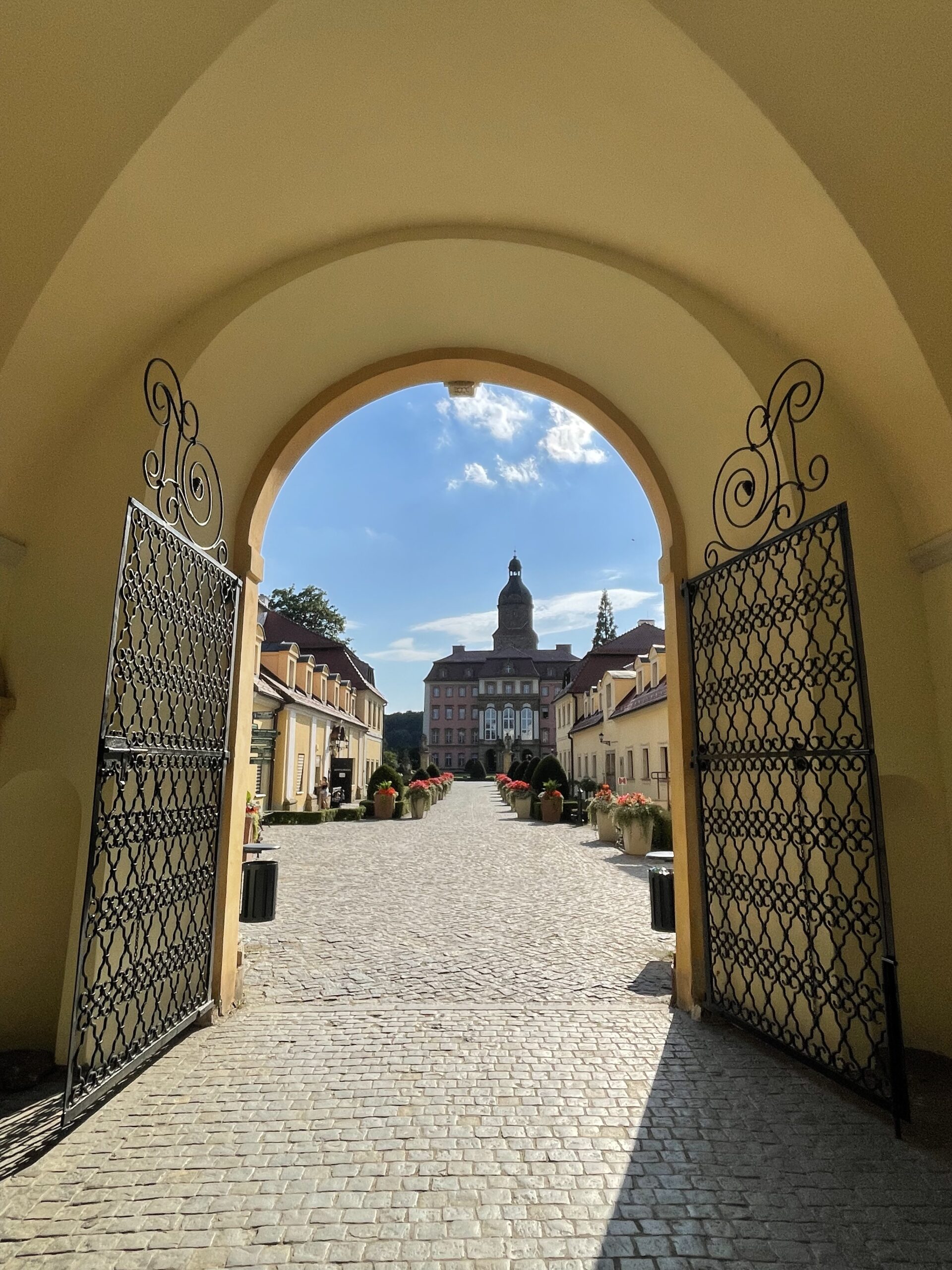
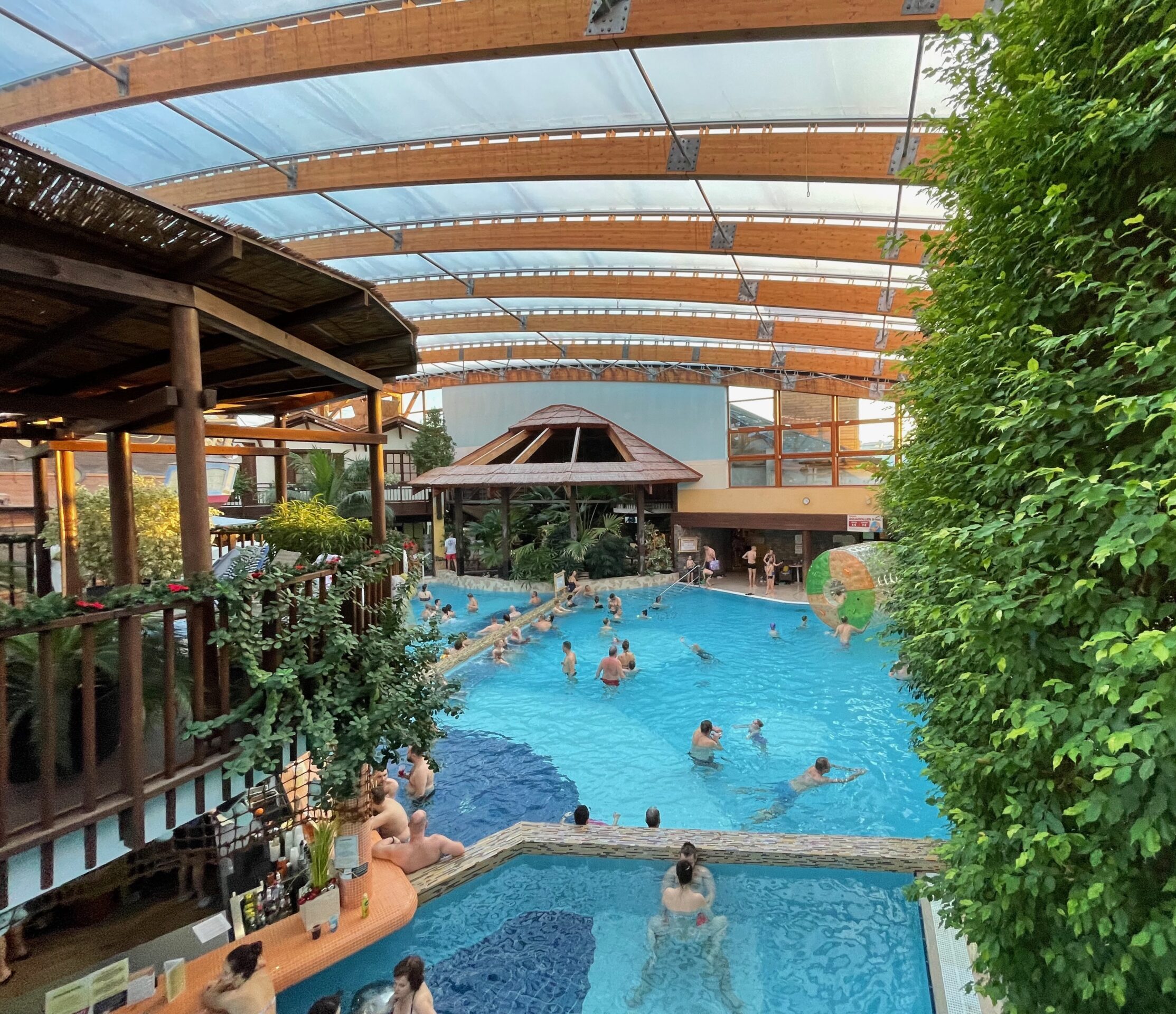
That’s a really nice loop in Nara, we also want to come for one day with JR pass and don’t think we will rush for more than what you did. The Kasuga Taisha looks absolutely stunning, I will plan more time there for sightseeing.